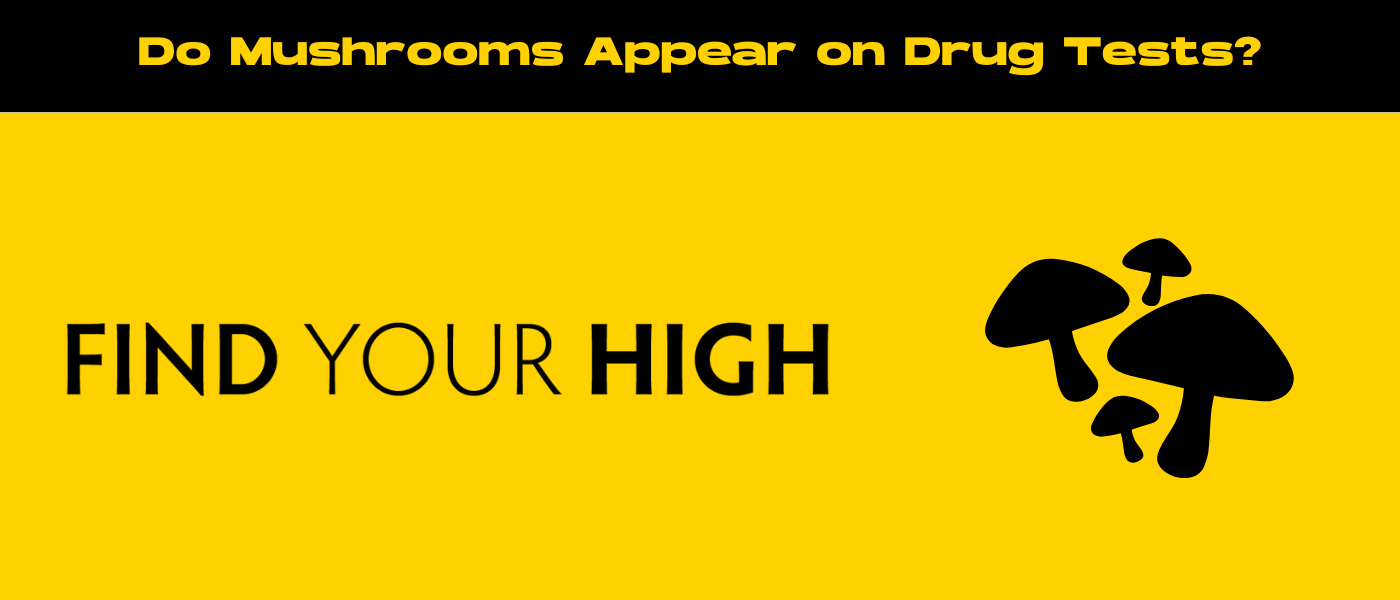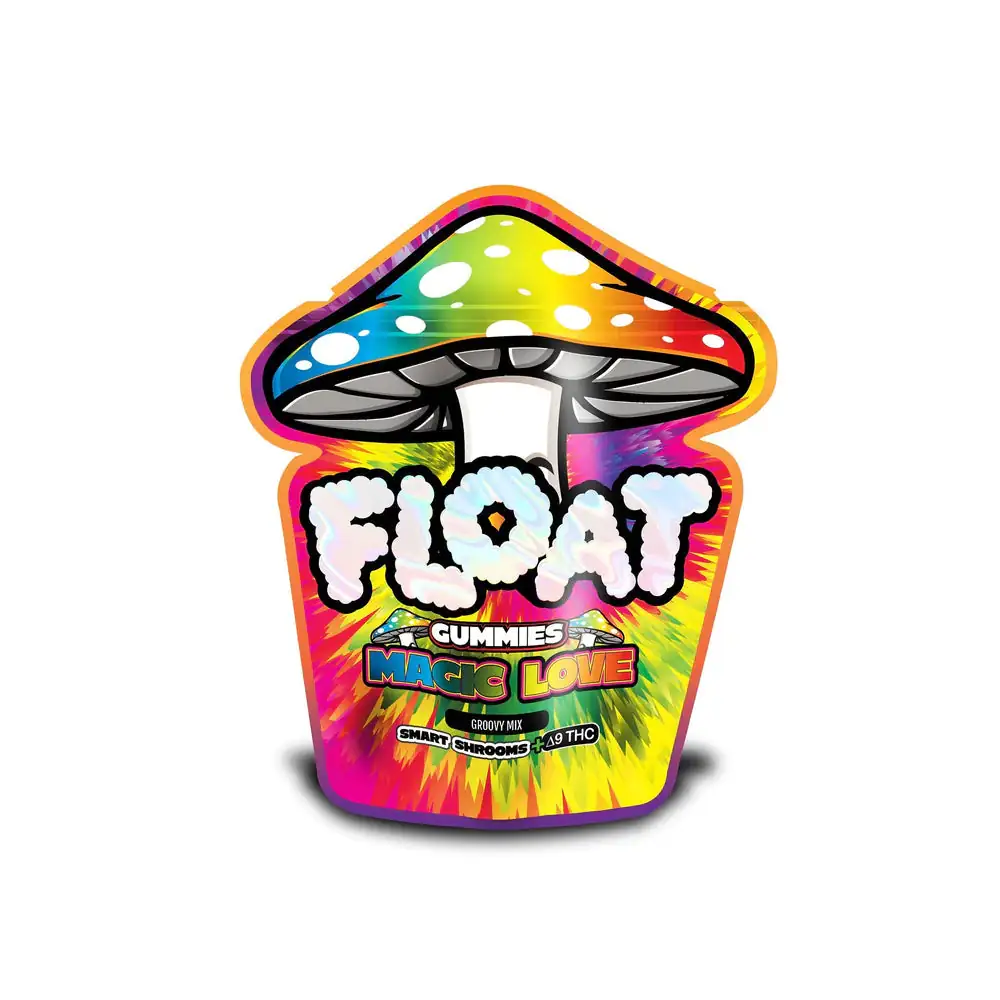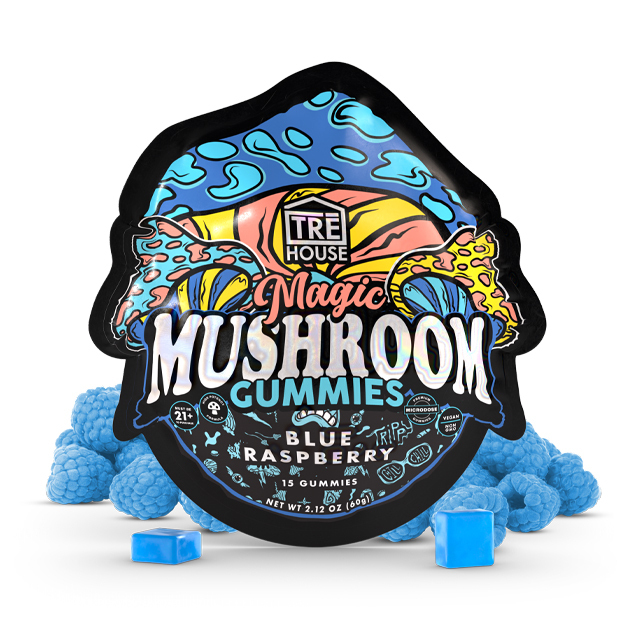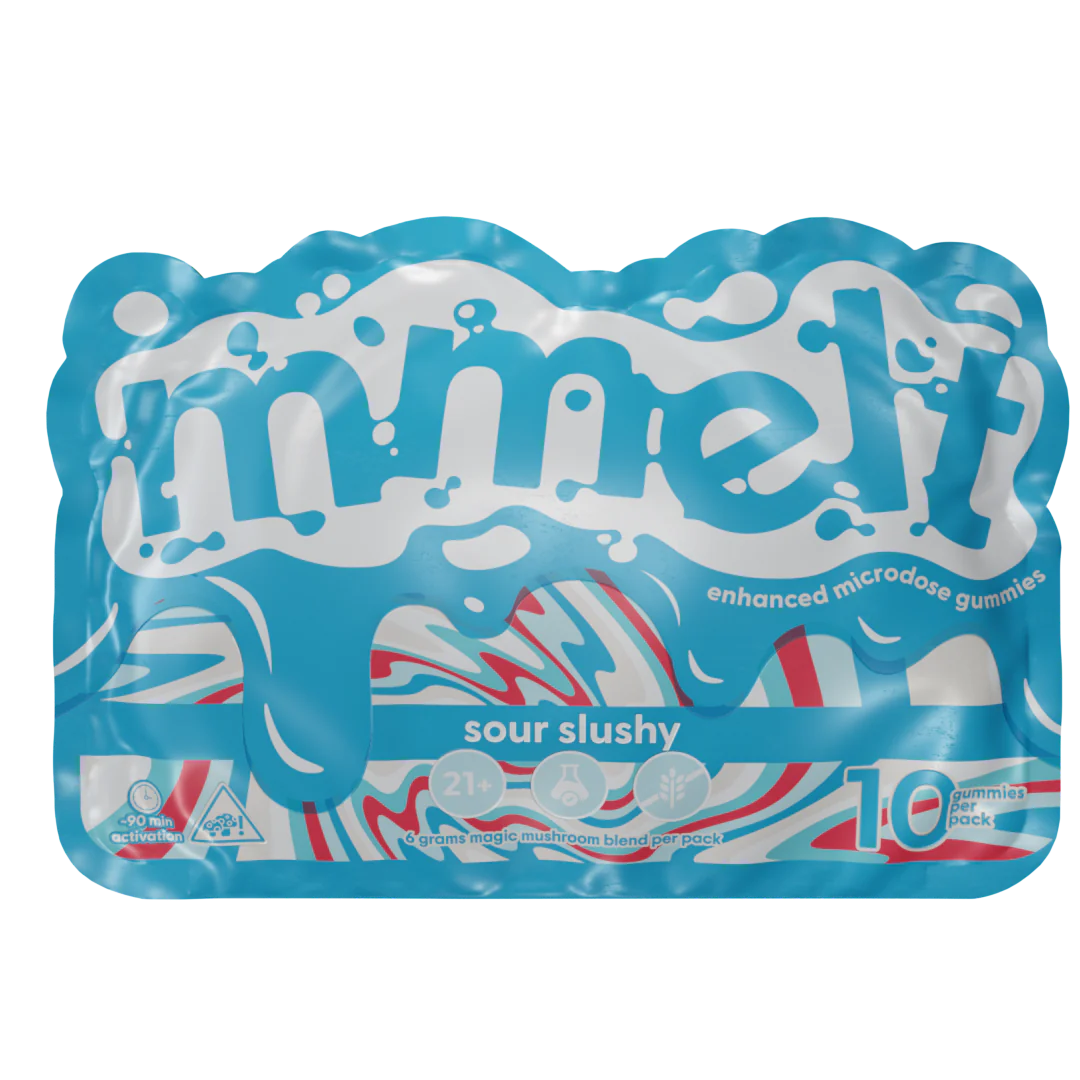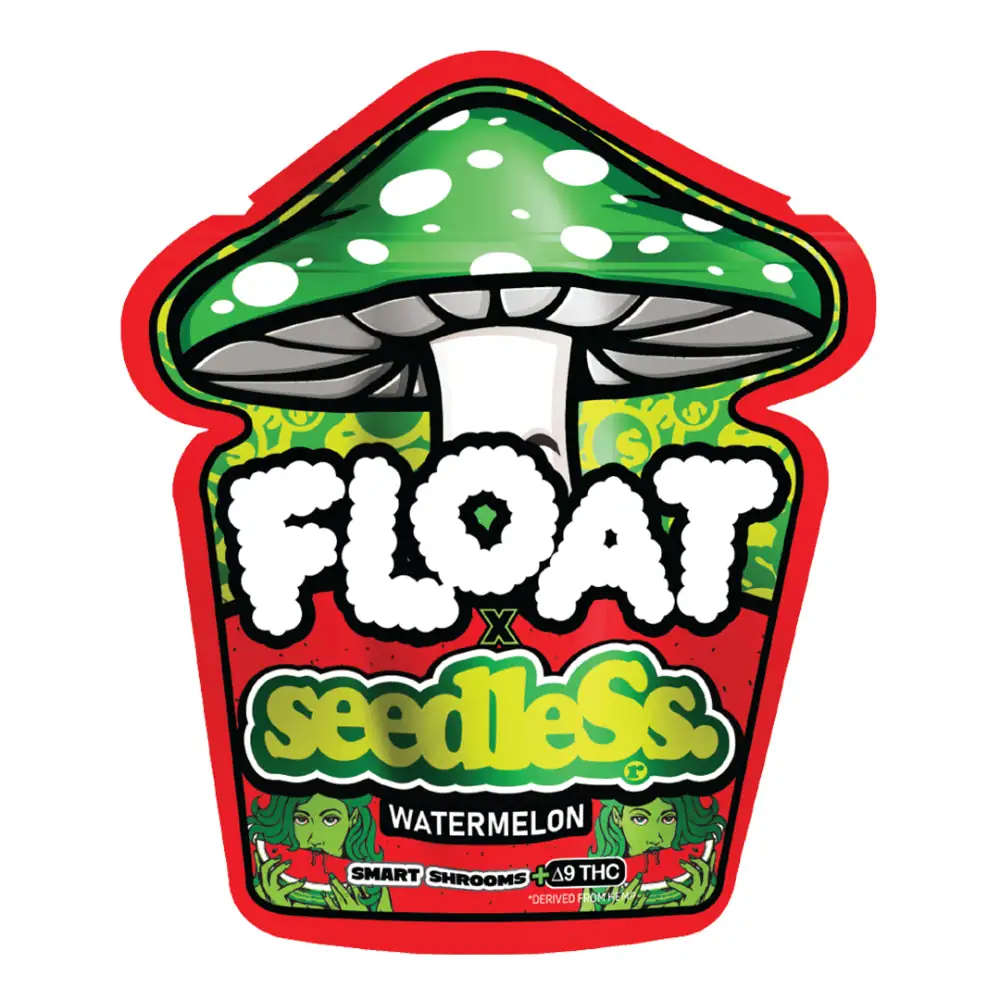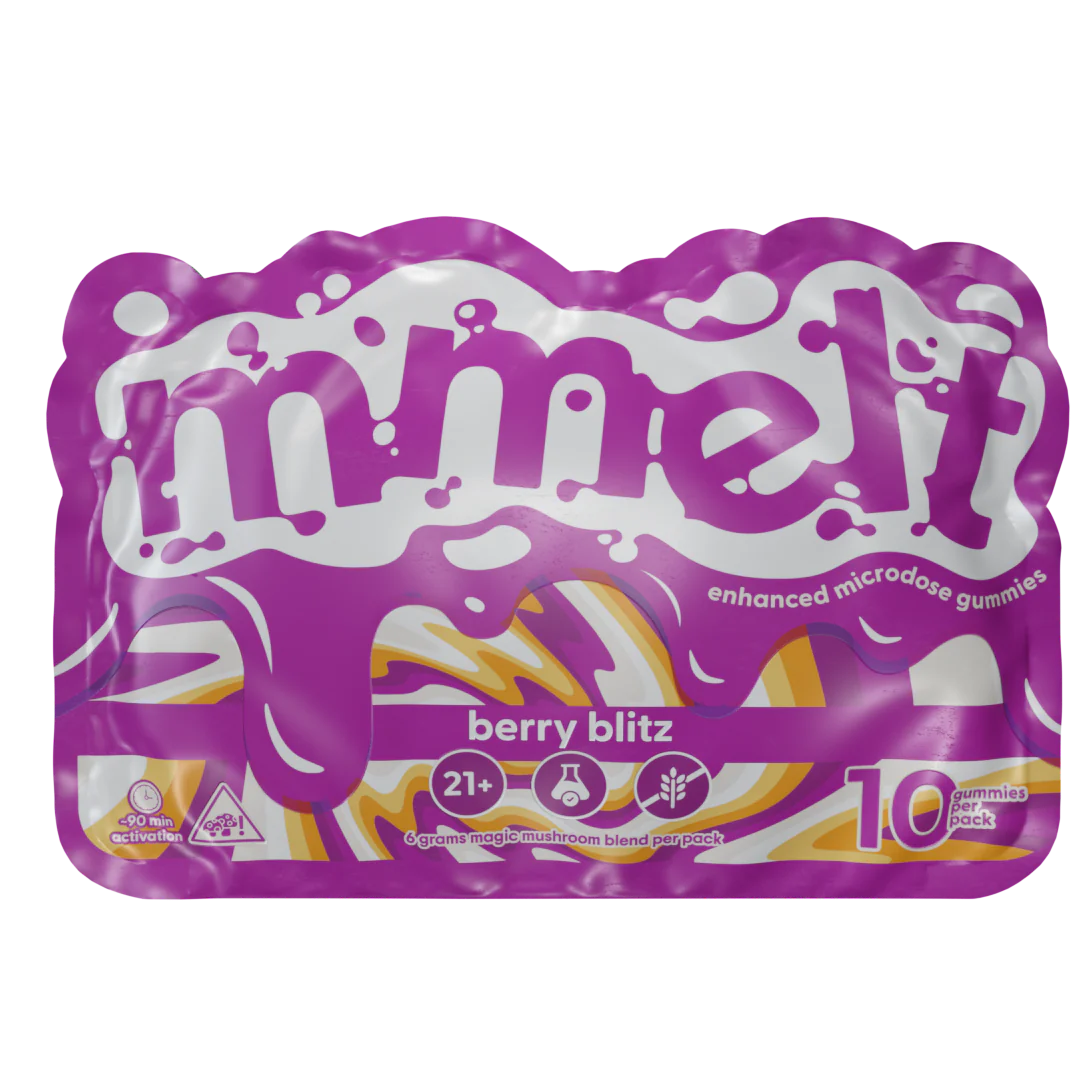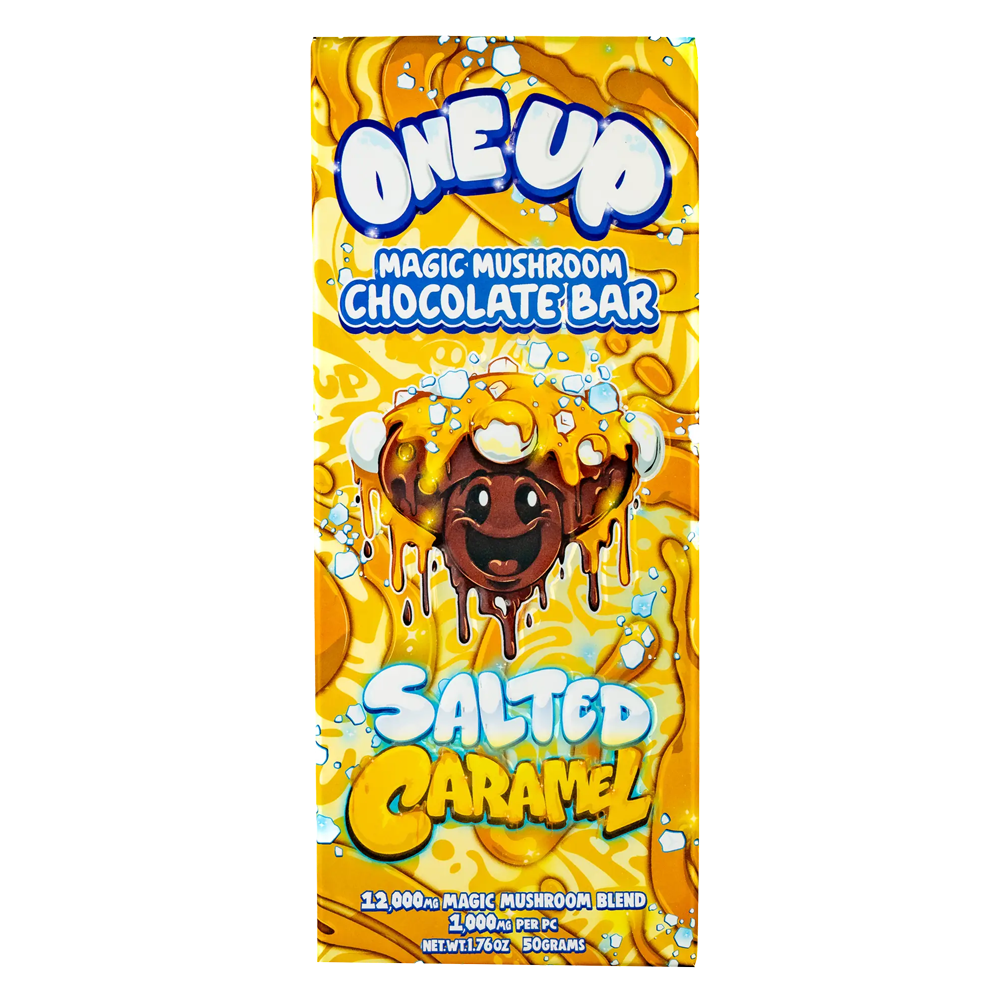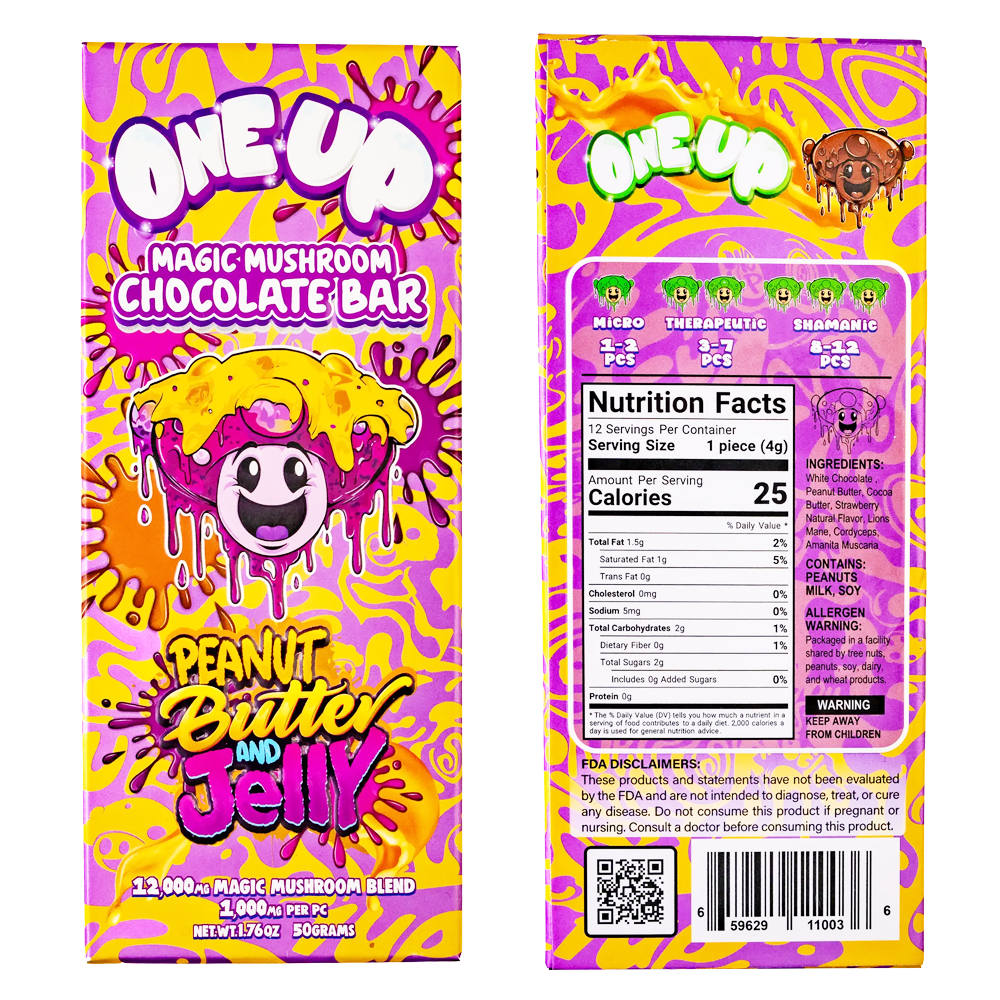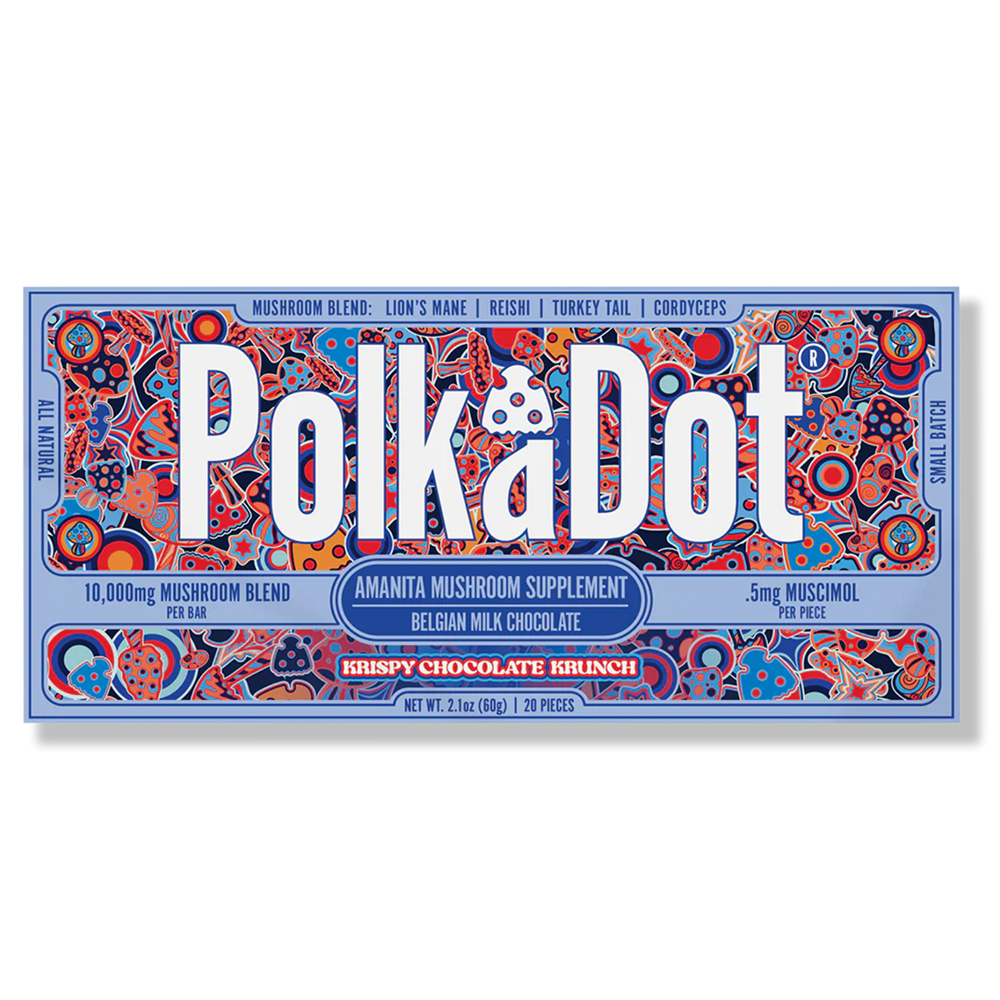With the growing interest in psychedelics, particularly psilocybin mushrooms, a common concern among users is whether these substances will show up on a standard drug test. So, do mushrooms show up on drug test?
Whether you’re a casual user, exploring psychedelics for personal growth, or just curious about how drug testing works, it’s essential to understand what substances get detected, how long they stay in the system, and whether magic mushrooms fall under routine screenings.
Unlike more commonly tested drugs like THC, psilocybin occupies a bit of a gray area when it comes to drug testing. While the substance is classified as a Schedule I drug under U.S. federal law, routine drug screenings in workplaces, probation settings, and competitive sports rarely include it. However, this doesn’t mean it’s undetectable. If a test is specifically designed to look for psilocybin, it can be found—but the circumstances in which this happens are quite rare.
In this guide, we’ll explore the science behind psilocybin, the different types of drug tests, detection windows, and what factors influence how long mushrooms stay in your system. By the end, you’ll have a complete understanding of whether or not you should be concerned about drug tests detecting mushrooms.
Understanding Psilocybin and Its Effects
Psilocybin is the naturally occurring psychedelic compound found in certain species of mushrooms, often referred to as “magic mushrooms” or simply “shrooms.” Once ingested, psilocybin is quickly converted by the body into psilocin, the active compound responsible for producing hallucinogenic effects. These effects typically include changes in perception, heightened sensory experiences, altered thought patterns, and, in some cases, deep introspective or spiritual insights.
The duration and intensity of a psilocybin trip vary depending on multiple factors, such as dosage, individual metabolism, and whether the mushrooms were consumed on an empty stomach. On average, the effects last between four to six hours, with the peak occurring around two to three hours after ingestion. However, while the effects wear off within a few hours, traces of psilocybin and its metabolites remain in the body for a longer period—raising the question of whether they can be detected through drug testing.
Common Drug Tests and Their Detection Capabilities
Most standard drug tests are designed to detect common substances of substance abuse such as marijuana, cocaine, amphetamines, opioids, and benzodiazepines. These tests do not typically screen for psilocybin, as it is not a priority for most employers, probation offices, or other organizations conducting drug screenings. However, if a specialized test is used, psilocybin can be detected.
The most common types of drug tests include:
- Urine tests: The most widely used drug test, typically screening for THC, cocaine, opioids, amphetamines, and benzodiazepines.
- Blood tests: Less common but used in medical and legal settings to detect recent drug use.
- Saliva tests: Frequently used for roadside drug testing but not reliable for detecting psilocybin.
- Hair follicle tests: Designed to detect long-term drug use, hair drug tests are capable of identifying certain substances up to 90 days after ingestion.
While psilocybin generally falls outside the scope of standard drug tests, there are specific circumstances where a more detailed test may be conducted. Understanding how each type of test works and their detection windows is crucial for determining the likelihood of a positive result.
Do Urine Tests Detect Magic Mushrooms?
Urine drug tests, also known as urinalysis, are the most common form of drug screening, particularly in workplace and probation settings. These tests are designed to identify drug metabolites—chemical byproducts that remain in the body after a substance has been processed. However, psilocybin is not part of standard 5-panel or even 10-panel drug screenings, meaning it won’t show up unless a test is specifically designed to detect it.
When it comes to detection windows, psilocybin metabolites generally exit the system within 24 to 48 hours after ingestion. In heavy or frequent users, detection may last slightly longer, but even in these cases, the window is relatively short compared to substances like THC, which can linger in urine for weeks. Specialized urine tests for psilocybin exist but are rarely used unless there is a specific reason to test for hallucinogens.
Blood and Saliva Tests: Can They Pick Up Psilocybin?
Blood and saliva tests are typically used for detecting substances that are active in the system at the time of testing. Because psilocybin is rapidly metabolized into psilocin, it has an extremely short detection window in the bloodstream.
Psilocybin is generally detectable in blood for only about 5 to 6 hours after ingestion, making blood tests ineffective for identifying past use. Similarly, saliva tests are not commonly used for detecting psilocybin, as the substance does not remain in saliva long enough for reliable detection. Law enforcement agencies and medical professionals rarely use these methods to test for psilocybin unless there is strong suspicion of recent psychedelic use.
Hair Follicle Tests: Can They Reveal Past Mushroom Use?
Hair follicle tests are unique in that they can detect drug use for an extended period—up to 90 days or more. When a drug is consumed, small traces of its metabolites can be incorporated into hair follicles as hair grows, allowing for long-term detection.
In theory, psilocybin could be detected through a hair follicle test. However, this type of testing is both expensive and uncommon for psychedelics. While employers or drug testing agencies may use hair analysis to check for substances like THC, cocaine, and opioids, psilocybin is not typically included in standard panels. The likelihood of being tested for magic mushrooms via a hair follicle test is extremely low unless it is specifically requested in forensic or research settings.
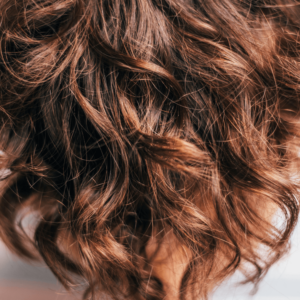
Factors That Influence Detection Times
The duration that psilocybin remains detectable in the body depends on several key factors, including:
- Dosage: Higher doses take longer to clear from the system.
- Frequency of use: Frequent use may slightly extend detection windows.
- Metabolism: Individuals with faster metabolisms process substances more quickly.
- Hydration levels: Staying hydrated can aid in eliminating metabolites more efficiently.
- Liver function: Since psilocybin is metabolized in the liver, any liver conditions could affect clearance rates.
How to Minimize the Risk of Detection
If you’re concerned about psilocybin showing up on a drug test, the best approach is to allow ample time for the substance to clear from your system naturally. Given its short detection window, most users will test negative within 24 to 48 hours.
While some people believe detox drinks or excessive water consumption can speed up elimination, there is little scientific evidence to support these methods. Instead, focusing on hydration, exercise, and a healthy diet can aid in overall metabolism and detoxification processes. Fortunately, unless you are specifically being tested for hallucinogens, the risk of psilocybin detection remains low.
Conclusion: Should You Worry About Mushroom Testing?
For the vast majority of people, the risk of psilocybin mushrooms showing up on a drug test is minimal. Standard urine, blood, and saliva tests do not screen for psilocybin, and even if they did, the detection window is relatively short. While hair tests can, in theory, detect psilocybin for a longer duration, they are rarely used for this purpose.
If you are facing a drug test for work, probation, or another reason, and you’re worried about psilocybin and the legal consequences of consuming, it’s worth understanding that unless a test is explicitly looking for it, mushrooms are unlikely to be detected. That said, in certain professions or legal situations, specialized drug tests do exist—so it’s always best to be informed and prepared.
At the end of the day, while mushrooms may not show up on standard tests, the best way to stay safe is to understand the policies and testing methods used in your specific situation.
Do Mushrooms Show Up on Drug Test: Frequently Asked Questions
1. Can drug tests detect mushrooms?
Standard drug tests do not typically screen for psilocybin mushrooms. Most workplace and probation drug tests focus on substances like THC, opioids, amphetamines, and benzodiazepines. However, specialized tests that specifically target psilocybin and its metabolite, psilocin, do exist. These are rarely used unless there is a specific reason to test for hallucinogens. If such a test is administered, psilocybin can be detected in urine for 24-48 hours, in blood for up to 6 hours, and potentially in hair for up to 90 days.
2. What drugs show up on a 12 panel test?
A 12-panel drug test typically screens for a broader range of substances than a standard 5-panel test. While specific panels may vary, they generally detect:
- Marijuana (THC)
- Cocaine
- Opiates (morphine, heroin, codeine, etc.)
- Amphetamines (including methamphetamine)
- Benzodiazepines (Xanax, Valium, etc.)
- Barbiturates
- Methadone
- Propoxyphene
- Phencyclidine (PCP)
- Ecstasy/MDMA
- Oxycodone
- Buprenorphine (Suboxone, Subutex, etc.)
Psilocybin mushrooms are not included in a standard 12-panel test unless a specialized request is made.
3. What drugs won’t show up on tests?
Many substances are not typically included in routine drug screenings unless specifically requested. Some of these include:
- Psilocybin mushrooms – Not part of standard panels, but specialized tests can detect them.
- LSD – Requires a specific test, as it doesn’t show up on standard drug panels.
- Ketamine – Usually not included in workplace or probation drug tests.
- Kratom – Though it has opioid-like effects, it is not part of routine testing.
- Certain synthetic drugs – Many designer drugs (e.g., synthetic cannabinoids, bath salts) require specialized tests.
4. What drugs show up on a routine drug test?
Routine drug tests, such as the commonly used 5-panel test, typically screen for:
- Marijuana (THC)
- Cocaine
- Opiates (heroin, morphine, codeine)
- Amphetamines (including methamphetamine)
- Phencyclidine (PCP)
A 10-panel test expands on this by including benzodiazepines, barbiturates, methadone, propoxyphene, and sometimes oxycodone. Standard tests focus on substances with high drug abuse potential and are less likely to include psychedelics or less commonly abused drugs unless requested.




